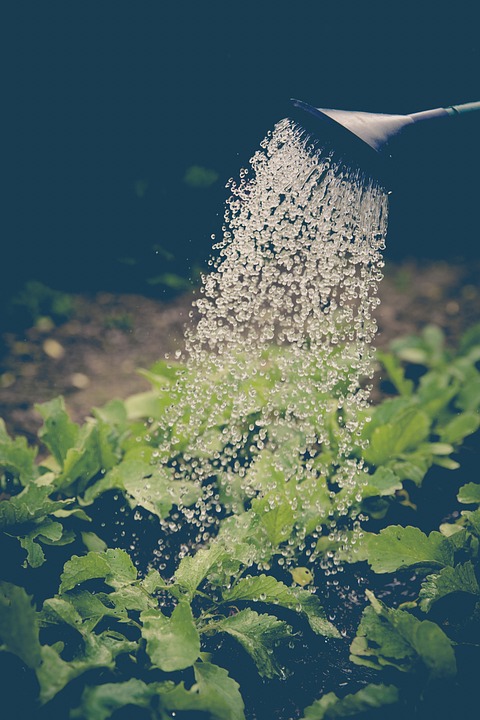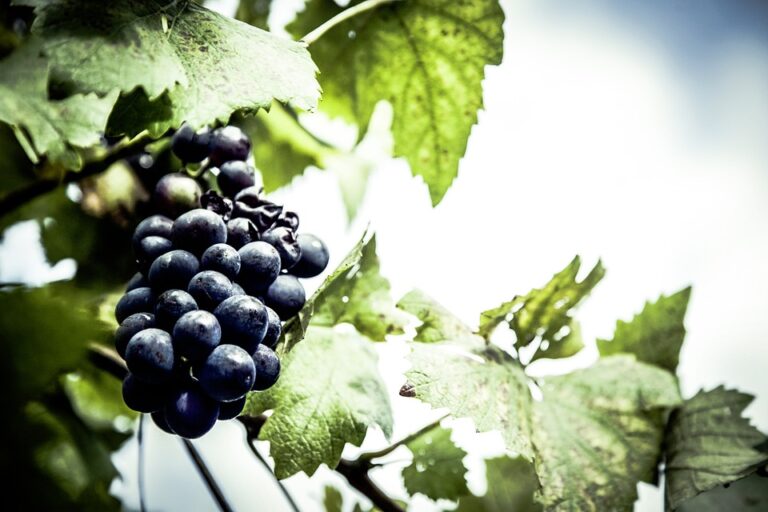Introduction
In recent years, there has been a growing trend towards sustainable living and self-sufficiency in Russia. This trend is particularly evident in rural villages, where residents are embracing a more eco-friendly way of life in response to environmental challenges and economic uncertainties. In this article, we will take a closer look at how Russian villages are leading the way in sustainable living practices and reaping the benefits of self-sufficiency.
The Importance of Sustainability
Sustainability has become an increasingly important concept in Russia, as the country grapples with the effects of climate change and environmental degradation. The Russian government has also recognized the need for sustainable development, launching initiatives to promote eco-friendly practices and reduce carbon emissions. In this context, many Russian villages have taken it upon themselves to embrace sustainability initiatives and become more self-sufficient.
Environmental Benefits
One of the key reasons why Russian villages are moving towards sustainable living is to reduce their environmental impact. By adopting green technologies and practices, such as renewable energy sources, organic farming, and waste management systems, villages are able to minimize their carbon footprint and preserve the natural environment. This not only helps to protect the local ecosystem but also contributes to global efforts to combat climate change.
Economic Benefits
In addition to the environmental advantages, sustainable living can also bring economic benefits to Russian villages. By producing their own food, generating their own energy, and reducing waste, villages are able to save money on utility bills and transportation costs. This can help to improve the living standards of residents and create new opportunities for economic growth and development at the local level.
Examples of Sustainable Living Practices
Russian villages are implementing a wide range of sustainable living practices to reduce their environmental impact and promote self-sufficiency. Some of the most common initiatives include:
Organic Farming
Many villages in Russia have started to adopt organic farming practices, eschewing chemical fertilizers and pesticides in favor of natural, sustainable methods. By growing their own fruits, vegetables, and herbs organically, villagers are able to supply themselves with fresh, healthy produce and reduce their reliance on industrial agriculture.
Renewable Energy
Another key aspect of sustainable living in Russian villages is the use of renewable energy sources, such as solar panels, wind turbines, and biomass boilers. By harnessing the power of the sun, wind, and organic waste, villages are able to generate their own electricity and heat, reducing their dependence on fossil fuels and cutting their energy costs.
Water Conservation
Water conservation is also a top priority for many Russian villages, especially in regions where water scarcity is a pressing issue. Villagers are implementing rainwater harvesting systems, greywater recycling systems, and efficient irrigation techniques to reduce water consumption and protect local water sources for future generations.
Challenges and Opportunities
While the rise of self-sufficiency in Russian villages is certainly encouraging, there are still challenges to overcome and opportunities to seize. One of the main challenges is the lack of infrastructure and resources in rural areas, which can make it difficult for villages to implement sustainable living practices. However, this also presents an opportunity for investments in sustainable development and support for grassroots initiatives.
Government Support
The Russian government has a role to play in promoting self-sufficiency and sustainability in villages, by providing funding, technical assistance, and policy incentives for eco-friendly projects. By partnering with local communities and NGOs, the government can help to facilitate the transition towards a more sustainable way of life in rural areas.
Community Engagement
Community engagement is also crucial for the success of sustainable living initiatives in Russian villages. By fostering a sense of solidarity and cooperation among residents, villages can work together to implement green projects, share resources, and spread awareness about the importance of sustainability. This can help to build a stronger, more resilient community that is better equipped to face future challenges.
Conclusion
In conclusion, the rise of self-sufficiency in Russian villages is a positive trend that reflects a growing awareness of the need for sustainable living practices in the face of environmental and economic challenges. By embracing green technologies, organic farming, and water conservation, villages are not only reducing their environmental impact but also improving their living standards and economic prospects. With government support, community engagement, and grassroots innovation, Russian villages have the potential to lead the way towards a more sustainable future for all.





